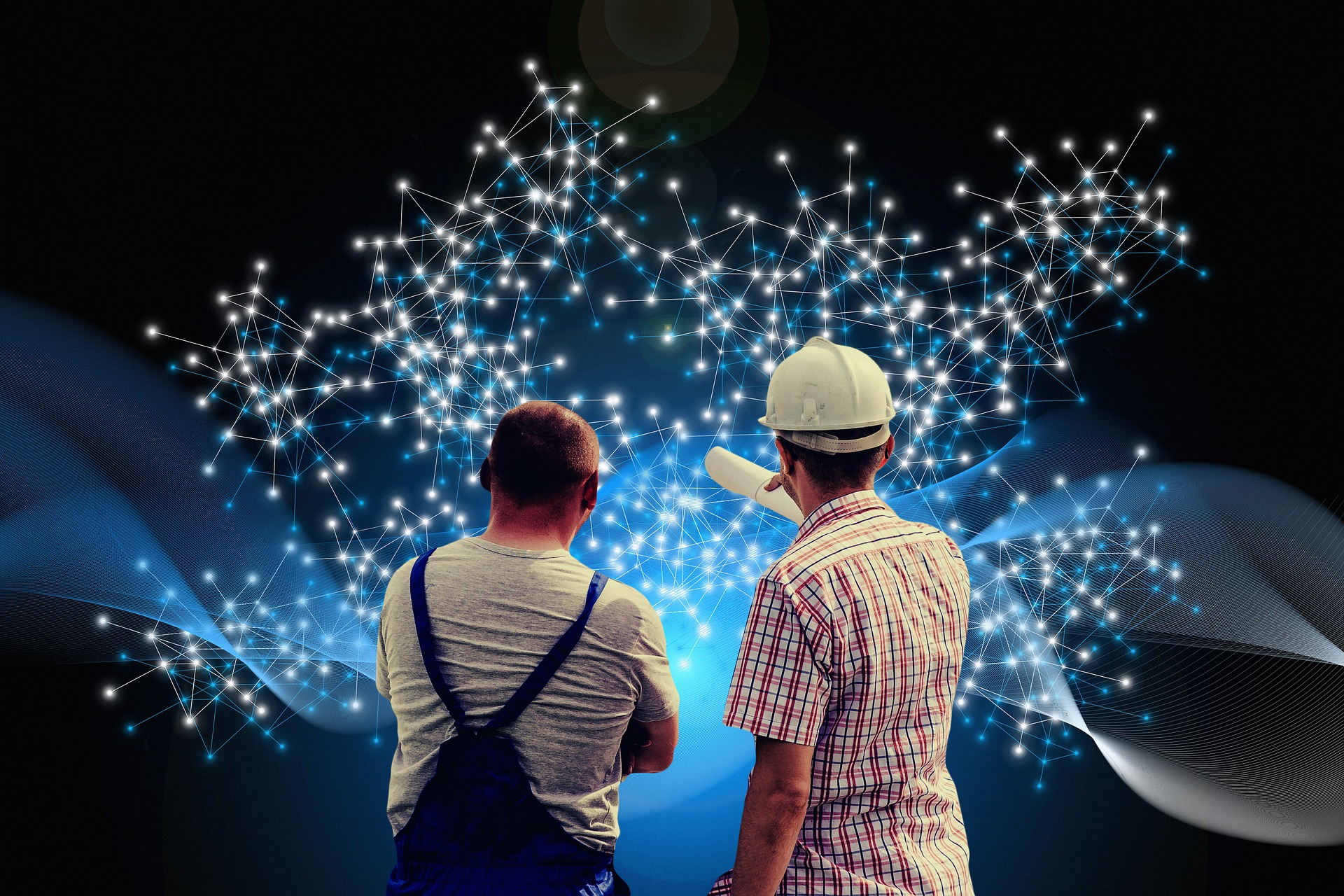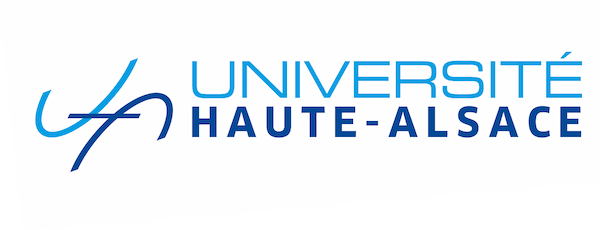Science and Artificial Intelligence. Our research seeks to understand the impact of AI-related technologies on
(i) the speed and novelty of scientific discoveries, (ii) the topology of scientific networks and their dynamics, and (iii) the causes and potential consequences of the privatization of AI research.
We develop real-time indicators for science, technology, and innovation (STI) by analyzing publicly available data from the websites of researchers, universities, and PROs, as well as social media. We provide new information to a broad audience in the scientific community and also contribute to better informed policy measures in the field of science, technology, and innovation.
Twin transition. Our research aims to understand the implications of the digital and green (twin) transition in terms of environmental impacts. We are constructing a database of both digital and green scientific (publications) and technological knowledge (patents), as well as on greenhouse gas (GHG) emissions in urban areas in the European Union (EU28), Norway, and Switzerland. We assess the environmental impact of a subset of digital technologies. Can the digital transition and the green transition work in tandem to reduce global greenhouse gas emissions or, conversely, will they engender competing trends?
New indicators. We are developing novel indicators for scientific research via the science of networks and machine learning, for example by taking into account the collaborative networks of authors, their stocks of knowledge and skills, and other elements. These indicators will complement studies of AI in science.








